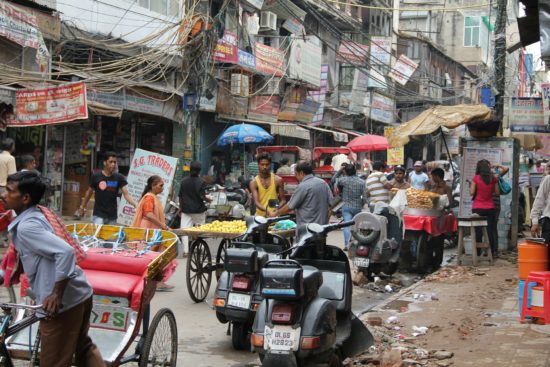Community level antibiotic utilization in India and its comparison vis-à-vis European countries: Evidence from pharmaceutical sales data
India was the largest consumer of antibiotics in 2010 in the world. Evidence suggests that countries with high per-capita antibiotic consumption have higher rates of antibiotic resistance. To control antibiotic resistance, not only reduction in antibiotic consumption is required, socio-economic factors like access to clean water and sanitation, regulation of private healthcare sector and better governance are equally important. The key objective of this research was to investigate the five year trends in consumption of major antibiotic classes in India and compare them with European Surveillance of Antimicrobial Consumption Network (ESAC-Net) countries. We used Intercontinental Marketing Statistics (IMS) Health (now IQVIA) medicine sales audit data of antibiotic sales in the retail private sector (excluding the hospitals sector) in India. We then standardized dosage trends and assigned defined daily dose (DDD) to all formulations based on the ATC/DDD index. We expressed our data in standardized matrices of DDD per 1000 inhabitants’ per day (DID) to compare antibiotic use in India with ESAC-Net countries. The antibiotic use was plotted and reported by year and antibiotic class. Our main findings are—per capita antibiotic consumption in the retail sector in India has increased from 13.1 DID in 2008 to 16.0 DID in 2012—an increase of ~22%; use of newer class of antibiotics like carbapenems (J01DH), lincosamides (J01FF), glycopeptides (J01XA), 3rd generation cephalosporins (J01DD) and penicillin’s with beta-lactamase inhibitors has risen; and antibiotic consumption rates in India are still low as compared to ESAC-Net countries (16.0 DID vs. 21.54 DID). To conclude our study has provided the first reliable estimates of antibiotic use in the retail sector in India vis-à-vis ESAC-Net countries. In addition, our study could provide a reference point to measure the impact of interventions directed towards reducing antibiotic use.
Our study has provided first reliable estimates of antibiotic use in India vis-à-vis ESAC-Net countries. Interventions directed towards achieving Universal Health Coverage, particularly free access to medicines through public health facilities should be implemented to mitigate demand for antibiotics in the private sector. Since antibiotic use is both prescription and self-medication driven in India, education campaigns and behavior change communication strategies to address overuse and misuse of antibiotics are required. Specific regulation with reference to licensing, sales and prescription of antibiotics are in force, their effectiveness has not been evaluated formally; additional research is required to address this knowledge gap.
Source: PLOS
Effective Surveillance
